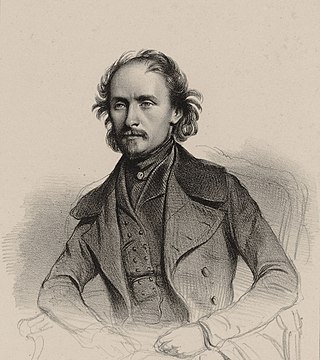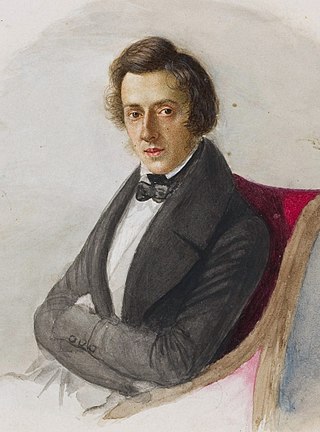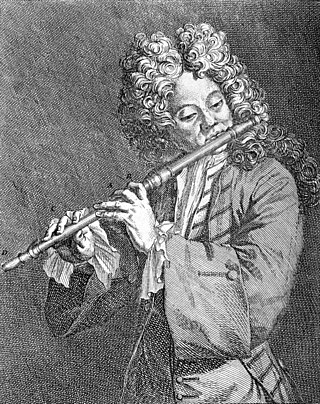
Johann Joachim Quantz was a German composer, flutist and flute maker of the late Baroque period. Much of his professional career was spent in the court of Frederick the Great. Quantz composed hundreds of flute sonatas and concertos, and wrote On Playing the Flute, an influential treatise on flute performance. His works were known and appreciated by Bach, Haydn and Mozart.

The Suzuki method is a mid-20th-century music curriculum and teaching method created by Japanese violinist and pedagogue Shinichi Suzuki. The method claims to create a reinforcing environment for learning music for young learners.

Jacques de Vaucanson was a French inventor and artist who built the first all-metal lathe. This invention was crucial for the Industrial Revolution. The lathe is known as the mother of machine tools, as it was the first machine tool that led to the invention of other machine tools. He was responsible for the creation of impressive and innovative automata. He also was the first person to design an automatic loom.
This is a list of notable events in music that took place in the year 1733.

Henri Jérôme Bertini was a French classical composer and pianist. He was born into a family of musicians and attracted the attention of François-Joseph Fétis when he toured Europe as a child prodigy. As an adult he was admired both as a soloist and as a chamber musician; it was said that he played with Johann Nepomuk Hummel's simplicity and elegance without sacrificing the brilliance of the instrument. As a composer he had an original style which was rich in musical ideas, attractive melodies, and effortless harmonies. In 1856, he retired from the musical scene and settled in the Dauphiné in south-east France.

The Études by Frédéric Chopin are three sets of études for the piano published during the 1830s. There are twenty-seven compositions overall, comprising two separate collections of twelve, numbered Op. 10 and Op. 25, and a set of three without opus number.
In music, a method is a kind of textbook for a specified musical instrument or a selected problem of playing a certain instrument.

Jacques-Martin Hotteterre, also known as Jacques Martin or Jacques Hotteterre, was a French composer and flautist who was the most celebrated of a family of wind instrument makers and wind performers.

Carl Joachim Andersen was a Danish flutist, conductor and composer born in Copenhagen, son of the flutist Christian Joachim Andersen. Both as a virtuoso and as composer of flute music, he is considered one of the best of his time. He was considered to be a tough leader and teacher and demanded as such a lot from his orchestras but through that style he reached a high level.
The Partita in A minor for solo flute, BWV 1013, is a partita in four movements composed by Johann Sebastian Bach. Its date of composition is uncertain, though on the basis of its advanced playing technique, which is more demanding than in the flute part for the Fifth Brandenburg Concerto, for example, it must have been written after 1723. The title, however, is the work of 20th-century editors. The title in the only surviving 18th-century manuscript is "Solo p[our une] flûte traversière par J. S. Bach".
Jakob Dont was an Austrian violinist, composer, and teacher.

Antoine Mahaut was a Flemish flautist, composer, and editor. He probably learned his trade from his father who was also a flautist, and entered the service of Bishop of Strickland at the age of fifteen, with whom he travelled to London. The composer returned to Namur in 1737, where he served the wife of Walter de Colijaer until 1739. Mahaut spent his early composing career in Amsterdam and Mannheim, and his middle to late career in France. His symphonic style is similar to Johann Stamitz, who most likely taught him how to compose, while he was at Mannheim. Mahaut influenced Joseph Haydn and Mozart. He was important as a symphonist in France and composed flute duets and trios and Dutch songs as well. He flourished in France, composing in a classical style and he died there in 1785 at the age of 65.

Anton Bernhard Fürstenau was a German flutist and composer. He was the most famous virtuoso in Germany on his instrument and the most important Romantic flutist of the first half of the nineteenth century. His son Moritz Fürstenau (1824–1889), whom he later sent to study with Theobald Boehm in Munich, was one of his numerous students. Skeptical as to the technical advancements of the flute, he remained faithful to the nine key flute until his death.

Antoine Benoit Tranquille Berbiguier was an early 19th-century French flautist, pedagog and composer.

Louis-François-Philippe Drouet was a 19th-century French flutist and composer.









